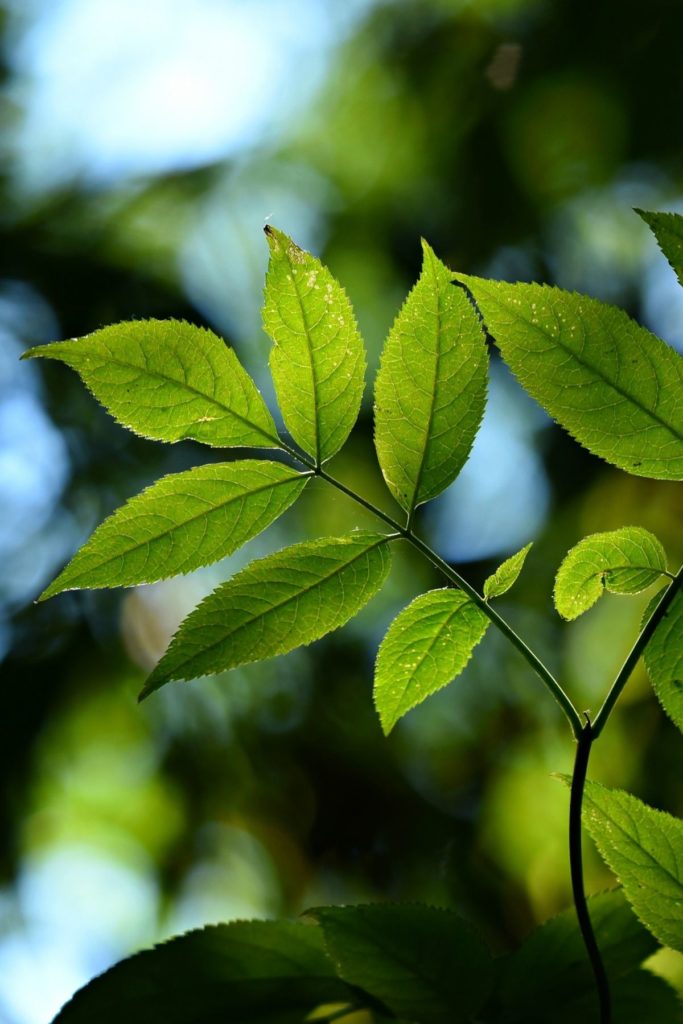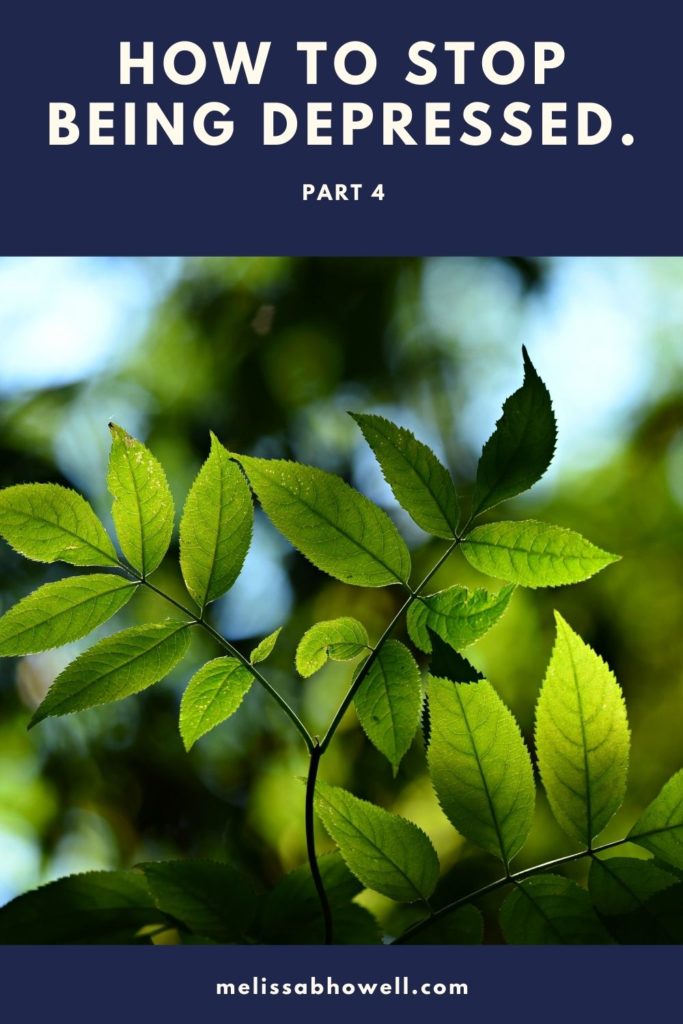One of the easiest treatments for depression is free, and right outside your door. Nature is one of the best prescriptions for mental health.

In this series about overcoming depression, I am highlighting situational depression, although many of these strategies can also be used for clinical depression. You can click on each of the following to read the previous articles in this series:
How to Stop Being Depressed–Part 1
How to Stop Being Depressed–Part 2
How to Stop Being Depressed–Part 3
Depression is something that afflicts the whole human family. All of us will find ourselves struggling with feelings of depression at some time in our lives. But how do we get out of it? How do we heal our feelings of depression and improve our mental health?
There’s something that is free, and readily available to almost everyone:
The Great Outdoors.
More and more, nature is being used as part of a holistic therapy to treat things such as depression, anxiety, and stress.
The University of Minnesota explains:
“The stress of an unpleasant environment can cause you to feel anxious, or sad, or helpless. This in turn elevates your blood pressure, heart rate, and muscle tension and suppresses your immune system. A pleasing environment reverses that.”
A 2015 study compared those who walked in an urban environment with those who walked in a natural setting. The study found that those in the natural setting had lower activity in the pre-frontal cortex–the place where “rumination” happens (thinking negative thoughts and replaying bad experiences over and over).
“When people are depressed or under high levels of stress, this part of the brain malfunctions, and people experience a continuous loop of negative thoughts,” says Dr. Strauss, one of the leaders of the study.
It was further found that interacting with the sounds in nature, or even silence, can lower blood pressure and levels of cortisol (the “stress” hormone) which can contribute to anxiety and depression.
So how much time do you need to spend in nature?
Studies have shown that 20-30 minutes, three times a week is all it takes to experience benefits.
Ten minutes of gardening or visiting a public garden can help alleviate depression.
Twenty minutes of hiking among trees, or bird-watching (along with other types of nature activities) reduces the stress hormone cortisol.
Thirty minutes of walking (or even just sitting) in a park can lower blood pressure and heart rate.
Forty-five minutes of hiking in the mountains produces higher alertness and less fatigue than the same amount of time spent on a treadmill indoors.
Sixty minutes spent interacting with nature in any form can boost memory and attention span by 20%
Want to super-charge the effects of nature to combat your depression? Take a walk with other people. Researchers have found that those who have recently experienced a traumatic life event (those that can cause situational depression) like the death of a loved one, job loss, or a serious illness, benefitted the most from a group nature outing.
I like to take walks around my neighborhood, either alone or with my husband. Even though I’m not at a park or on a nature trail, I like to look at the landscaping and trees in people’s yards, and listen to the birds in the trees.
Doctors are prescribing nature to combat physical and mental illness
There is a new “back to nature” movement that aims to help people with the best “natural remedy” of all–nature itself.
ParkRXAmerica helps you find parks in your area. It also has links to studies showing the benefit of nature to improve things such as hypertension, mental health, and obesity.
Here are some of their major findings:
• Time in nature decreases anxiety and negative thinking and lowers levels of depression and stress.
• Outdoor activity improves both mental and physical well-being more than indoor activity.
• Time in nature helps to decrease high blood pressure.
• Diabetics who spend more time in nature are more physically active and show better blood sugar control.
• Time in nature is associated with better cognitive development in schoolchildren.
• The closer you are to green space, the less you suffer from cardiovascular, musculoskeletal, mental health, respiratory, neurological and digestive diseases.
There are a host of studies that have proven the positive benefits of nature.
“Virtual” nature also has positive benefits
One of the fascinating discoveries is that even seeing “virtual” nature has positive benefits, including ability to pay attention, reflect on a life problem, and increase positive emotions.
So if you’re feeling so depressed that you can’t even get out of bed to go for a walk, watch a nature special instead of watching a drama. (There are a TON of nature specials on Netflix and other streaming platforms, like Amazon Prime and Hulu).
And if you feel isolated or lonely, or you’re so depressed that you don’t want to spend time with anyone, getting out in nature can help enhance your wellbeing. It’s also been shown that exposure to nature makes you more kind and generous, and better at memory tasks.
Ideas for experiencing nature when you’re depressed
Here are some ways to enjoy nature when you’re feeling unmotivated and depressed. They don’t take up a lot of energy or require much motivation, but they can still help you feel better!
Look out your window at a tree.
Sit outside instead of in your house.
Sit on a bench at a park.
Draw, color, or paint some wildlife. (There are tons of nature coloring pages for adults online).
Watch Bob Ross paint.
Watch a nature special. (Stay away from the ones with predators!)
Read a book outside.
Watch the sunrise or sunset.
Go for a drive in the mountains.
Search “beautiful nature pictures” on Google and take a look at the collection.
Look at the stars at night.
Take a dog for a walk.
Visit a plant nursery and just walk around.
How will you use nature to help your mental health? Tell me in the comments!
Want to be different than 90% of the people who read this post? Put what you read into ACTION by joining the Environmental Club! Click here to learn about all the perks and to sign up!
Pin me!



